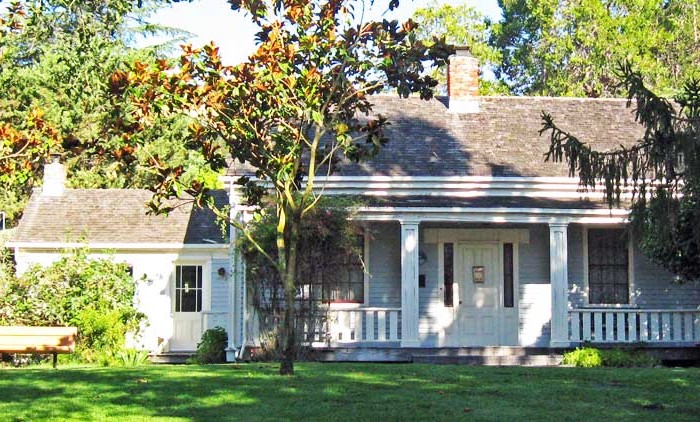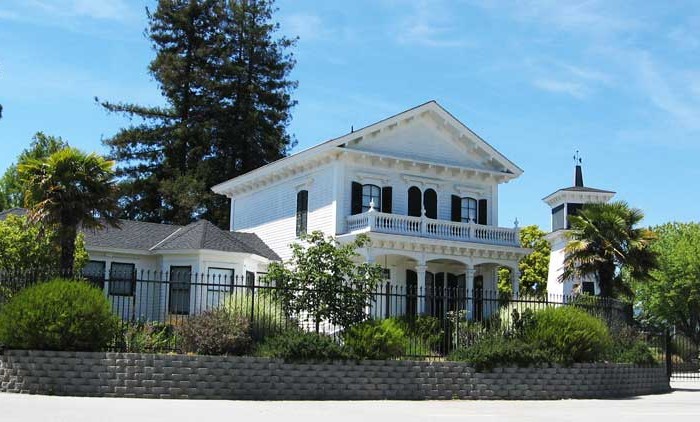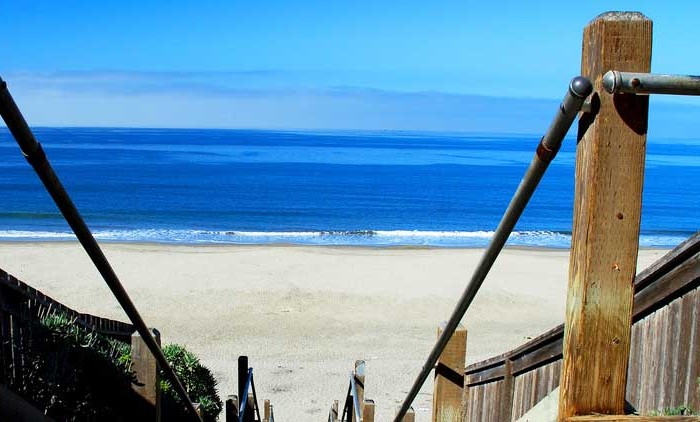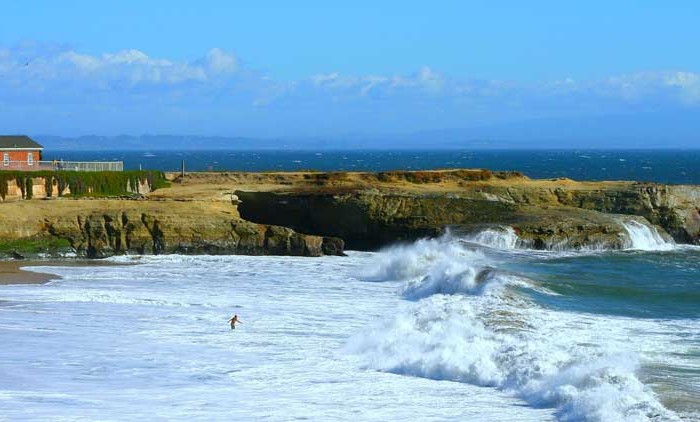Homes, condos and land for sale and rent in Santa Cruz, CA
Situated on the northern edge of Monterey Bay, about 32 mi (51 km) south of San Jose and 75 mi (120 km) south of San Francisco, the city is part of the 12-county San Jose-San Francisco-Oakland Combined Statistical Area.
Santa Cruz is known for its moderate climate, the natural beauty of its coastline, redwood forests, alternative community lifestyles, and socially liberal leanings. It is also home to the University of California, Santa Cruz, a premier research institution and educational hub, as well as the Santa Cruz Beach Boardwalk, an oceanfront amusement park operating continuously since 1907.
The first European land exploration of Alta California, the Spanish Portolà expedition led by Gaspar de Portolà, passed through the area on its way north, still searching for the “port of Monterey” described by Sebastian Vizcaino in 1602. The party forded the river (probably near where the Soquel Avenue bridge now stands) and camped nearby on October 17, 1769. Franciscan missionary Juan Crespi, traveling with the expedition, noted in his diary that, “This river was named San Lorenzo.” (for Saint Lawrence).
The Native Americans of Santa Cruz are known to be the Costanonan people. The Coastanoan occupied the area from Monterey to San Francisco. Coastanoan is derived from the Spanish word which means “coastal people”. The term Ohlone is another general term that is used to designate speakers of the Coastanoan language. The Costanonan people spoke eight known languages and each language defines a different tribelet. After the mission era, the number of native people in the Bay Area, including Santa Cruz, began to decrease.
California Powder Works began manufacturing blasting powder for California mining when normal supplies were interrupted by the American Civil War. A powder mill built on the San Lorenzo River upstream of Santa Cruz used charcoal and powder kegs manufactured from local forests. The mill later manufactured smokeless powder used in United States Army Krag-Jørgensen rifles and guns of the United States Navy Pacific and Asiatic fleets. The mill was heavily damaged by a series of explosions on the evening of April 26, 1898. The explosions caused flaming debris to fall on Mission Hill and caused fires threatening the city. The powder works employed 150 to 275 men until operations ceased in 1914.
According to the United States Census Bureau, the city covers an area of 15.8 square miles (41 km2), of which 12.7 square miles (33 km2) is land, and 3.1 square miles (8.0 km2) (19.51%) is water.
Santa Cruz has mild weather throughout the year, enjoying a warm-summer mediterranean climate characterized by cool, wet winters and warm, mostly dry summers. Due to its proximity to Monterey Bay, fog and low overcast are common during the night and morning hours, especially in the summer.
The Census reported that 51,657 people (86.2% of the population) lived in households, 7,910 (13.2%) lived in non-institutionalized group quarters, and 379 (0.6%) were institutionalized.
There were 21,657 households, out of which 4,817 (22.2%) had children under the age of 18 living in them, 7,310 (33.8%) were opposite-sex married couples living together, 1,833 (8.5%) had a female householder with no husband present, 862 (4.0%) had a male householder with no wife present. There were 1,802 (8.3%) unmarried opposite-sex partnerships, and 379 (1.8%) same-sex married couples or partnerships. 6,773 households (31.3%) were made up of individuals and 1,862 (8.6%) had someone living alone who was 65 years of age or older. The average household size was 2.39. There were 10,005 families (46.2% of all households); the average family size was 2.92.
The population was spread out with 8,196 people (13.7%) under the age of 18, 17,449 people (29.1%) aged 18 to 24, 15,033 people (25.1%) aged 25 to 44, 13,983 people (23.3%) aged 45 to 64, and 5,285 people (8.8%) who were 65 years of age or older. The median age was 29.9 years. For every 100 females there were 100.5 males. For every 100 females age 18 and over, there were 99.7 males.
There were 23,316 housing units at an average density of 1,473.0 per square mile (568.7/km²), of which 9,375 (43.3%) were owner-occupied, and 12,282 (56.7%) were occupied by renters. The homeowner vacancy rate was 1.2%; the rental vacancy rate was 3.4%. 22,861 people (38.1% of the population) lived in owner-occupied housing units and 28,796 people (48.0%) lived in rental housing units. The median price of a home being $640,000 as of April 2013.
The Long Marine Laboratory is a marine research facility on the western edge of the city.
Other cities in Santa Cruz county
Scotts Valley Real Estate for sale and rent
Homes, condos and land for sale and rent in Scotts Valley, CA Scotts Valley is a small city between San Jose and Santa Cruz County, California, United States, about thirty miles (48 km) south of [...]
Watsonville Real Estate for sale and rent
Homes, condos and land for sale and rent in Watsonville, CA Watsonville is a city in Santa Cruz County, California, United States. The population was 51,199 according to the 2010 census. Located on the central [...]
Aptos Real Estate for sale and rent
Homes, condos and land for sale and rent in Aptos, CA Aptos is a census-designated place (CDP) in Santa Cruz County, California, United States. The population was 6,220 at the 2010 census. Aptos is bisected [...]
Santa Cruz Real Estate for sale and rent
Homes, condos and land for sale and rent in Santa Cruz, CA Santa Cruz is the county seat and largest city of Santa Cruz County, California. Situated on the northern edge of Monterey Bay, about [...]



